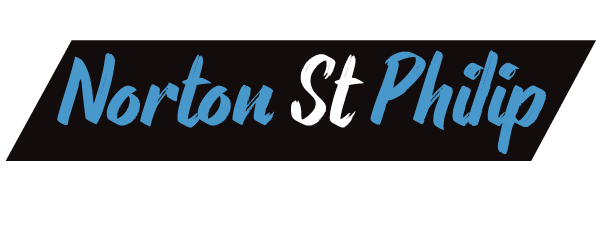Script analysis is a multifaceted process that involves dissecting a screenplay to understand its underlying layers and nuances. Among the various techniques employed in this analytical journey, the exploration of subtext emerges as a crucial element. Subtext, often described as the unspoken thoughts, emotions, and motivations beneath the surface of dialogue and actions, adds depth and complexity to characters and their relationships within a narrative. At its core, subtext serves as a vehicle for conveying meaning beyond the literal interpretation of words and actions. It allows writers to infuse their scripts with layers of complexity, inviting audiences to engage in a deeper exploration of the story. Understanding and dissecting subtext requires a keen eye and sensitivity to the intricacies of human behavior and communication. One fundamental aspect of analyzing subtext involves examining the gap between what characters say and what they truly mean. This disjunction can manifest in various forms, such as irony, sarcasm, or evasion. By deciphering these discrepancies, analysts can uncover the underlying tensions, desires, and conflicts driving the narrative forward.

For example, a character’s seemingly casual remark may mask underlying insecurities or hidden agendas, revealing important insights into their psyche. Furthermore, subtext plays a pivotal role in shaping character dynamics and interpersonal relationships. Subtle cues, such as body language, tone of voice, and facial expressions, often convey more significant truths than explicit dialogue. By scrutinizing these nonverbal cues, analysts can decipher the intricate web of emotions and power dynamics at play between characters. This exploration deepens our understanding of character motivations and the underlying forces driving the narrative’s progression. Moreover, subtext serves as a tool for exploring thematic elements and overarching messages within a Screenplay Report. Through subtle hints and implicit references, writers can imbue their narratives with layers of meaning, inviting audiences to contemplate broader philosophical questions or societal issues.
By analyzing the subtextual layers of a script, analysts can unravel the thematic tapestry woven into the narrative, shedding light on the deeper significance of the story. In addition to its narrative functions, subtext also enriches the theatrical experience by fostering audience engagement and interpretation. As viewers decipher the hidden meanings beneath the surface of dialogue and action, they become active participants in the storytelling process, forming their own interpretations and insights. This interactive dynamic enhances the audience’s emotional investment in the narrative, fostering a deeper connection with the characters and themes explored. In conclusion, subtext serves as a cornerstone of script analysis techniques, enriching narratives with layers of meaning, complexity, and emotional depth. By examining the gap between text and subtext, analysts can unravel the intricacies of character dynamics, thematic elements, and narrative progression. Through this process, they gain deeper insights into the human condition and the art of storytelling, enriching the theatrical experience for audiences and creators alike.
